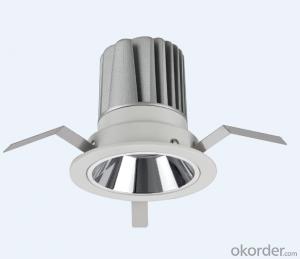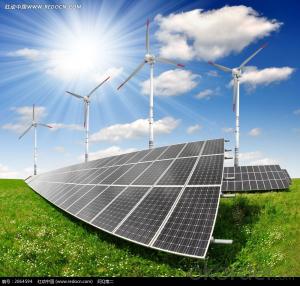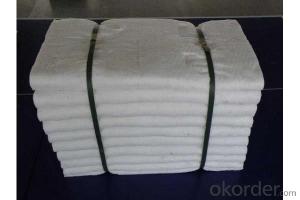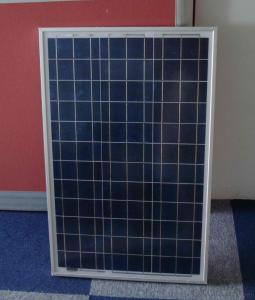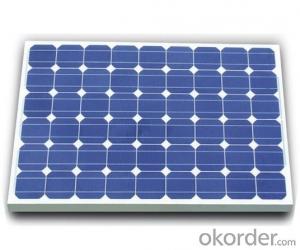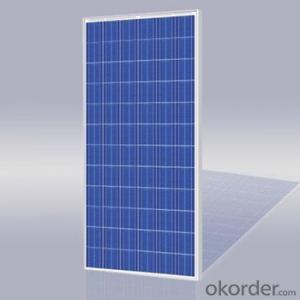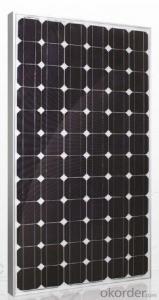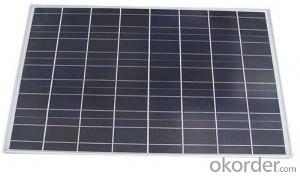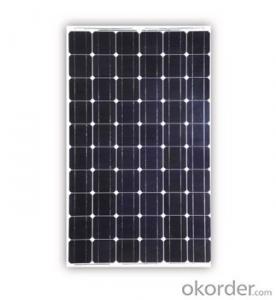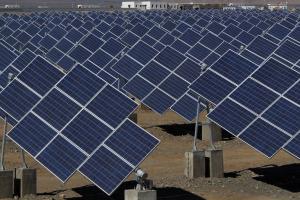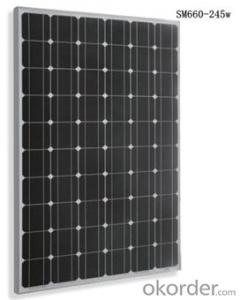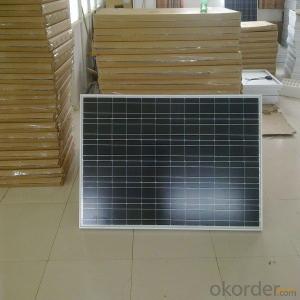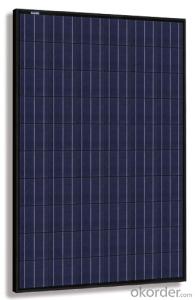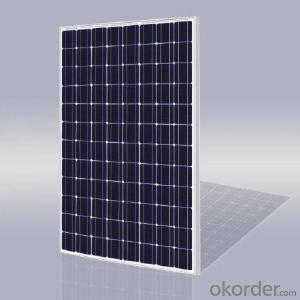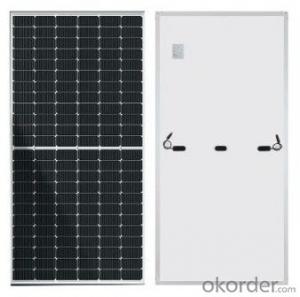Hunter Solar Sync Module
Hunter Solar Sync Module Related Searches
Bottom Solar Led Module Solar Light Module Solar Module Construction First Solar Series 6 Module Solar System Module Solar Power Management Module Solar Power Module Black Solar Module Bosch Solar Module C-Si M 60 Solar Battery Charger ModuleHot Searches
China Ac Module Solar Panel China Solar Ac Module China Solar Module Prices China Solar Module Solar Module China Ac Module Solar Panel Price Solar Inverter Panel Price Solar Panel Module Price Solar Module Wholesale Price Solar Module Price Per Watt First Solar Module Price Solar Module Price Increase Solar Module Price Solar Panel Inverter Size Solar Panel Module Size Solar Panel Inverter Suppliers Solar Panel Module Types Solar Inverter Solar Panel Tesla Solar Panel Inverter Solar Hot Water Collectors For SaleHunter Solar Sync Module Supplier & Manufacturer from China
Okorder.com is a professional Hunter Solar Sync Module supplier & manufacturer, offers integrated one-stop services including real-time quoting and online cargo tracking. We are funded by CNBM Group, a Fortune 500 enterprise and the largest Hunter Solar Sync Module firm in China.Hot Products
FAQ
- Yes, solar panels can be used in areas with high winds. However, it is important to ensure that the solar panel installation is designed and built to withstand the specific wind conditions of that area. This may involve using appropriate mounting systems, securing the panels properly, and considering the orientation and tilt angles. Additionally, selecting high-quality materials and conducting regular maintenance can help ensure the longevity and performance of the solar panels in high wind areas.
- Yes, solar panels can be installed on agricultural irrigation systems. They can provide a sustainable and renewable source of energy to power irrigation pumps, reducing reliance on fossil fuels and lowering operational costs for farmers. Additionally, solar panels are compatible with various irrigation system configurations and can be easily integrated to support the water needs of crop production.
- Yes, solar panels can be installed on carports or other structures. In fact, carports and other structures can provide ideal locations for solar panel installation as they offer a suitable space to mount panels and can provide shade and protection for vehicles or other objects underneath. This allows for dual functionality and maximizes the use of available space for generating renewable energy.
- Yes, solar panels can be installed on a library or educational institution. In fact, many libraries and educational institutions are increasingly adopting solar energy systems to reduce their carbon footprint, lower energy costs, and promote renewable energy education. Installing solar panels on rooftops or open spaces of these buildings can provide clean and sustainable electricity, benefiting both the institution and the environment.
- I am currently building a house, iv designed it to be as self sustainable as possible, I'm in the process of installing solar panels but as I'm ordering online I was hoping someone here could tell me how many I would need to completely run a 5 bedroom home, just standard household appliances such as fridge and freezers, plasma tvs computers and of course lighting, various things like that, also I'll need power storage as well, some type of large rechargeable battery, any help would be great.
- You're missing a few assumptions: - where on the globe? - how well is your house insulated, how do you plan to heat/cool your house? - why do you insist on power wasting appliances like plasma screens? Usually, unless it's absolutely impossible, a grid-tie-in system is much better than an insular system. You could use the grid to 'store' electricity for those times when the sun isn't shining and as fall-back if your yield isn't quite as good as you calculated. With the battery system, you'll have to specify your reliability requirements. If you want a 00% guarantee that you'll always have electricity, even if the sun is not shining for a week longer than you've planned according to the past weather history of your area, you'll either have to ridiculously oversize your battery (and panel) system, or plan for some sort of backup system anyway. Finally, if you're really planing such a system, you might want to take a look at the fridges and freezers used on sailboats: these use a eutectic cold accumulator, i.e. you 'charge' the fridge when the engine is running (or the sun is shining) and it'll then keep the temperature for another ~2...35 (professional systems) hours.
- Yes, solar panels can be installed in extreme temperatures. Solar panels are designed to withstand a wide range of temperature conditions, including both hot and cold environments. However, extreme temperature conditions may affect the efficiency of the panels, reducing their overall performance slightly.
- My house uses 500 kw a month, air conditioning is the main consumer, is it possible to install solar panels in my roof to produce this amount, and aproximate cost, thanks .
- here's the cost 50 KW-hr per day. Depending where you live, there is a chart showing the average expected amount of energy from a solar panel based on the panels peak rating. Lets use 5 hours as an average. This means you need 50 kw-hrs over 5 hours or 0 kw of peak performance. The cost to install a complete grid tied system is running from $6 to $9 per watt, depending on size and how your house sits. Typically, for a system this size, $7.5/watt or the total cost is $75,000. The federal government and some state on local government pays part of the cost. Your net cost will be $50,000. If you put $50,000 in a 0 year CD, you'd earn $250 per month in interest. On the average, a 500 kw-hr bill will run $225 per month. In my town it runs $50 and I'd need a larger system because I get less than 5 hours on average. So I'd earn $275 in interest. In CA, your electric bill would be $300.
- Yes, solar panels can be installed in a desert environment. In fact, deserts are often considered ideal locations for solar panel installations due to their high levels of sunlight and low cloud cover. The dry climate and lack of shading make it easier for solar panels to generate and harness solar energy efficiently.



